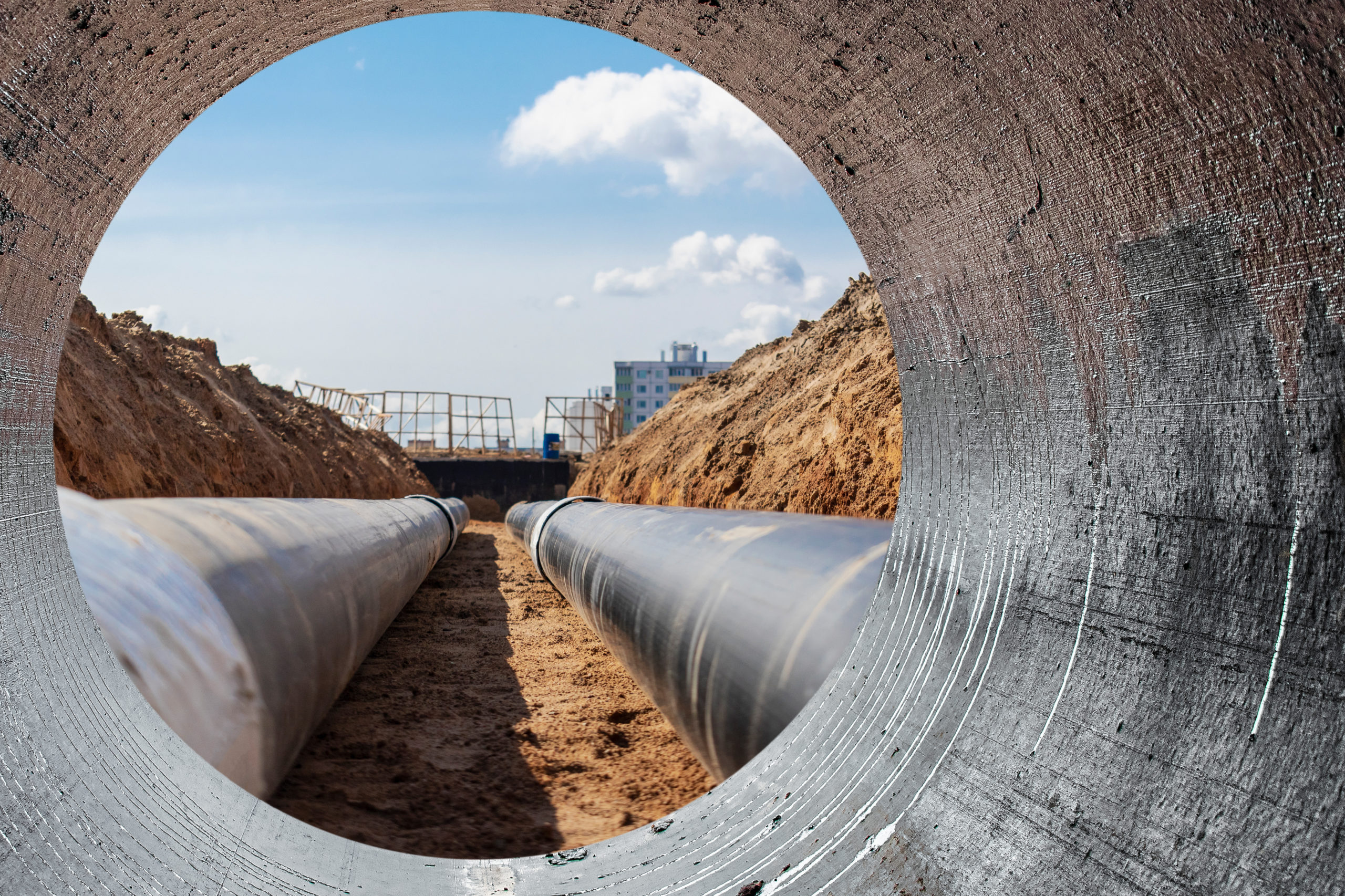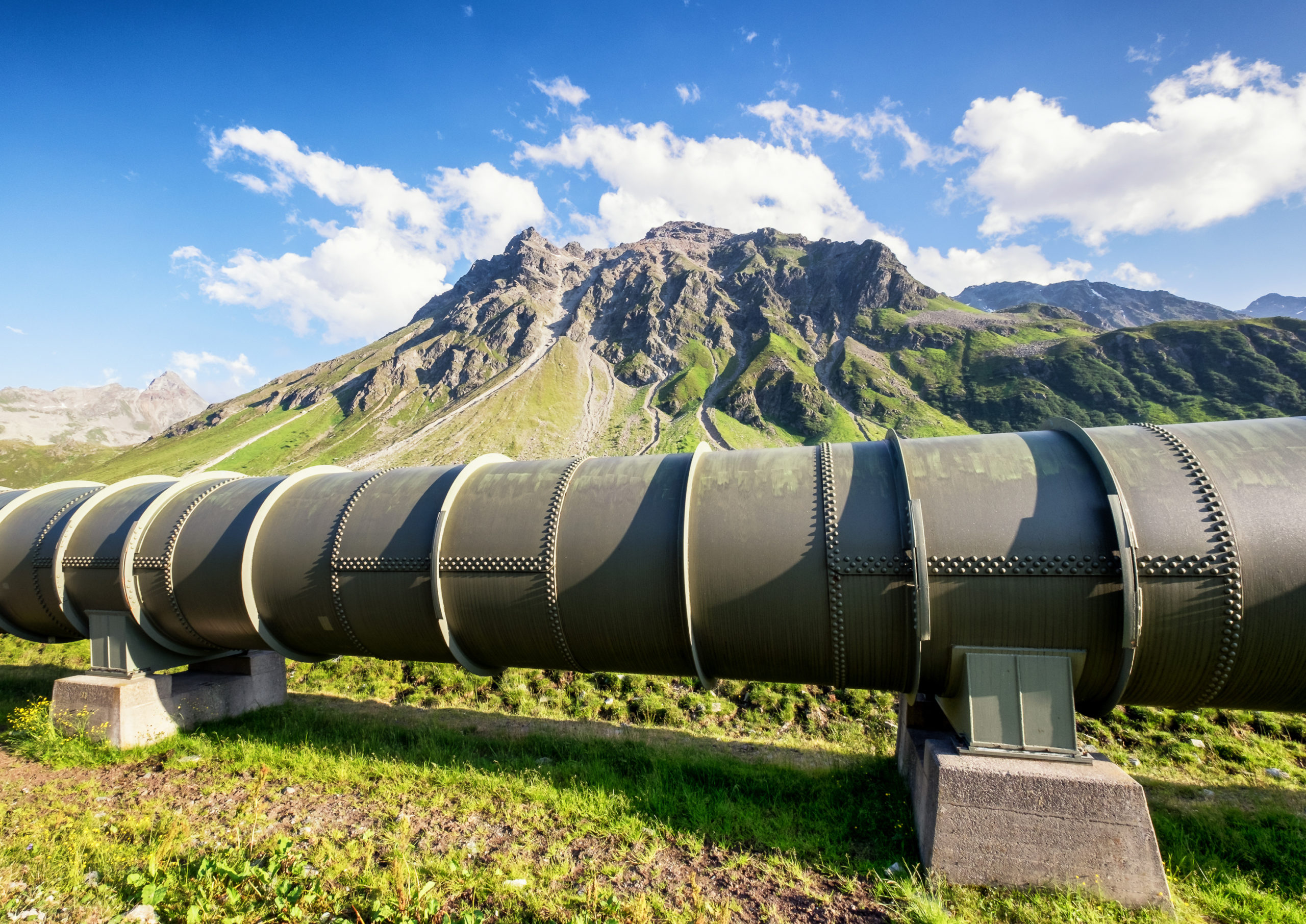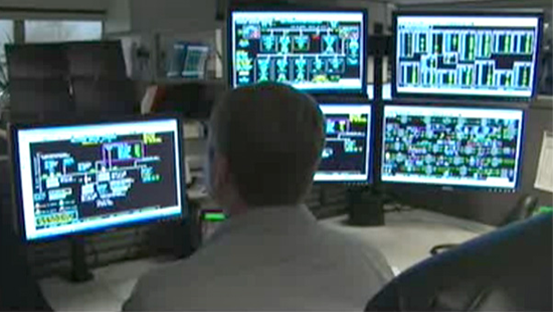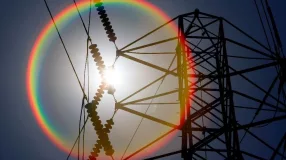If there’s one thing that brings people together, it’s food. Think of your favorite meal — in this instance, let’s say it’s pasta. Now, think of all of the ingredients that go into making that pasta. Where did the tomatoes in the sauce come from? How were the basil leaves grown? How about the grain that went into making the noodles? The simple answer, of course, is a farm. Dig a little deeper and you’ll find that it all starts with the soil, where natural gas plays a role.
Just like our bodies can’t function without nutrients, neither can plants. Fertilizer provides soil the nutrients it needs to produce strong, healthy crops, which is essential for growing food at a large scale. Where does natural gas fit in? It’s used to create ammonia, which is the foundation of commonly-used nitrogen fertilizers. Through the Haber-Bosch process, nitrogen from the air is combined with hydrogen, mostly derived from natural gas, to form ammonia.
Nitrogen fertilizer, along with other synthetic fertilizers, revolutionized the agricultural industry. Until its inception in the mid-19th century, farmers relied on human, crop or animal waste as the only way to add nutrients to soil. You can imagine how slow and inefficient this process was when it came to feeding a rapidly growing population.
Today, the SLAC National Accelerator Laboratory estimates that the Haber-Bosch process is used to create 500 million tons of nitrogen fertilizer annually, which feeds and sustains 40 percent of the world’s population. With a world population of 7.6 billion, that’s over 3 billion people!
Next time you enjoy a delicious plate of pasta, consider how natural gas played a part in making your meal — and millions of other meals across the world — possible.







